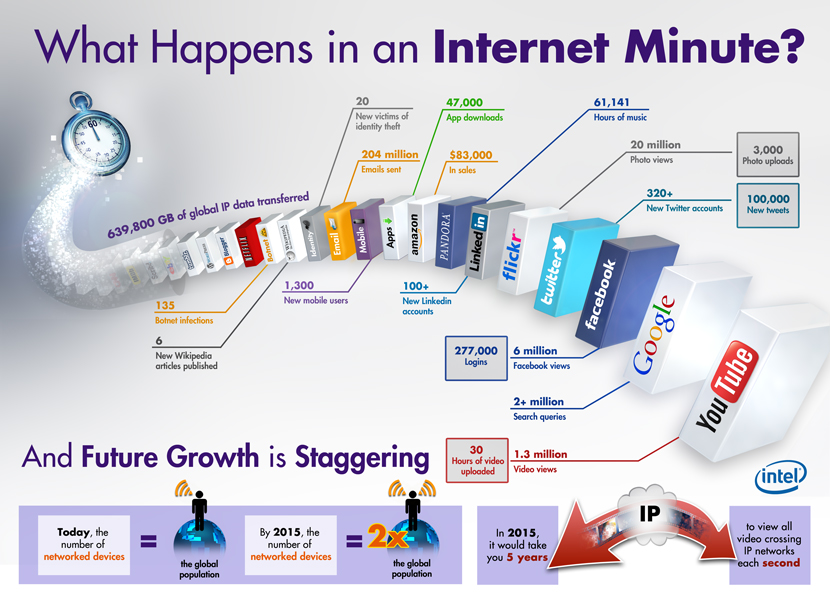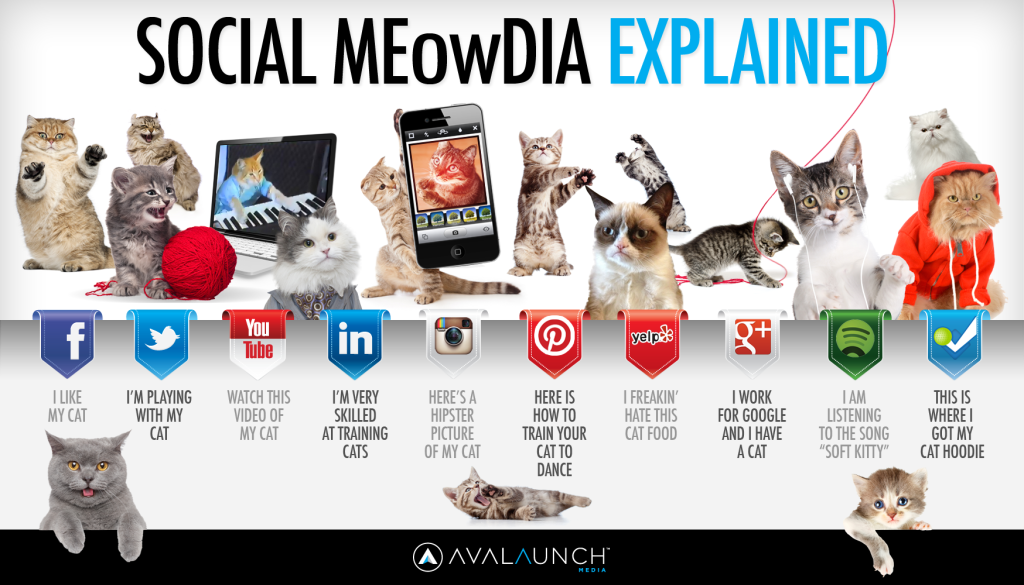This is amazing considering the number of people who really don’t allow the use of smart or any type of phone in their school or classroom. Elliott and Cathy ahve been writing about mobile devices and “Big change for small change” since 2000!!! Lisa Nielsen has been also writing about the use of cell phones and all of them will tell you that cell phones are still an uphill battle to use in schools. Tablets or iPads are becoming more prevalent and more accepted but phones are still not where they need to be. I hope that they will be soon as our children’s futures are at stake!!!!
via The Journal
With an increasing number of social networks and technologies commanding more and more of our students’ time and attention, are we too far gone to successfully integrate smartphones and mobile technologies into classroom learning?
“Originally this was going to be a panel discussion about the Pros and Cons of cellphones in classroom,” acknowledged Therese Mageau, editorial director of T.H.E. Journal, at the FETC 2013 conference in Orlando, Wednesday, “but I couldn’t get enough people to be on the ‘cons’ side of it.” It was an interesting revelation that didn’t appear to surprise many in the audience.
“Instead,” she said, we’re going to collaboratively take on the top concerns received over the course of the year by THE Journal around the use of cellphones in the classroom. The idea, said Mageau, is to come up with some “acceptable, responsible use guidelines, policies, and practices that you can take back to your schools and districts” and talk to others that share these concerns.
Along the walls of the meeting room were 10 sheets of paper, each with a different issue or point of discussion, distilled from the hundreds of concerns Mageau received throughout the year:
- Texting (as a distraction)
- Social media (as a distraction)
- Sexting
- Cheating
- Student device equity
- Bullying
- Lost or stolen devices
- Safety during lockdown
- Teacher device equity
- Platform management
The audience was divided into groups and assigned a single issue to collaboratively address. “I don’t want this to be official language,” instructed Mageau. “I want this to be creative output from you about how we deal with these issues in the classroom.” Discussion was facilitated by Elliott Soloway and Cathie Norris (who recently started blogging for T.H.E. Journal), and results were recorded on a Google document and shared with the larger group for feedback.
Texting
Educators addressing the issue of texting as a distraction all seemed to agree that requirements around responsible use were paramount to addressing this concern. “We need to make sure students are adhering to policies, including no social texting in the class, or risk losing their individual privileges,” commented the group’s spokesperson.
Social Media
With multiple social media platforms available for use, the group focused on this concern felt it imperative that only schools-based social media sites were used, and that students were not allowed to self-enroll. “Students will register as someone else if you give them the opportunity,” said one educator in the group. “You have to be sure you can verify an online identity is valid.” Others in the group recommended only allowing social media when it is an integrated component of a lesson.
Sexting
According to the group spokesperson, this issues boils down to communicating clearly and repeatedly what constitutes appropriate use of a cellphone, its camera, and the sharing of data of any kind. For middle and high school students, appropriate behaviors should be integrated into the curriculum and consequences for violating the policies should fit the individual action.
Cheating
This one, according to the group, is pretty straightforward: Students should not use devices in class unless given explicit permission. If they violate this rule, their devices are confiscated.
Student Device Equity
The teachers addressing device equity proposed several creative solutions, including working with local carriers to provide devices for low-income students, seeking grant opportunities from various agencies, pairing students without a device with those who have one, and providing access to alternate mobile technology such as iPads and iPods.
Bullying
Similar to concerns around sexting, cyber bullying was seen as best addressed through effective education and communication, coupled with a policy that held students accountable for their actions and involved all parents from the outset.
Lost/Stolen Devices
The way to best address this concern, according to the group, is for total responsibility for the device to rest with the student. Lost or Stolen devices will be reported immediately, and teachers will be required to model acceptable use and care, but it should ultimately be the responsibility of the student to manage and care for their devices.
Safety During Lockdown
Educators in this group all agreed that cell phone use during lockdown should be strictly prohibited and any infraction dealt with immediately.
Teacher Device Equity
“If the expectation is for the use of these devices in the classroom,” said this group’s spokesperson, “then it should be the responsibility of the school to provide devices to teachers who don’t currently have that technology.” The group also noted the importance of strong professional development resources, especially in cases where teachers are not already familiar with the technology.
Platform Management
The discussion around platform management raised as many questions as it did answers. Overall, the group agreed that integration of cellphones in the classroom should be device agnostic, include appropriate infrastructure before implementation, have a solid communications plan for all stakeholders, and provide appropriate tech support resources specifically trained to address issues associated with mobile devices.
“So what I think we’re saying,” commented Soloway at the close of the session, is that most of this boils down to classroom management, and recognizing that it’s less about the device and more about modeling appropriate use.
“This is certainly more demanding,” he said. “But teachers are seeing benefits, and some are instantaneous.”
Figuring all this out “takes time,” said Mageau, but there is a benefit. And in many cases, the group agreed, the benefits far outweigh the extra effort.










